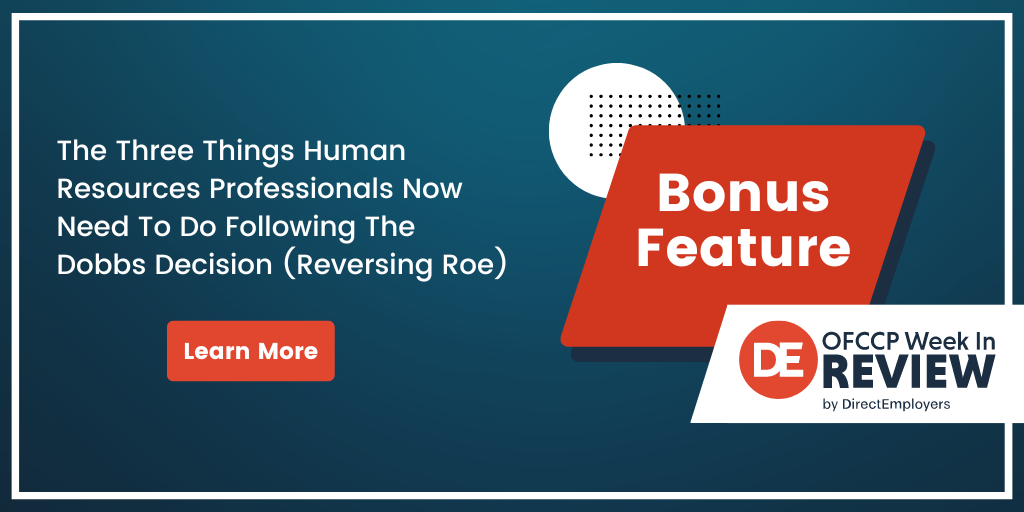
- Spring 2022 Regulatory Agenda Recycles OFCCP Items From Previous Agendas; WHD And NLRB List Significant Items
- House Appropriations Subcommittee Approved FY 2023 Bill; OFCCP Funding In Line With President Biden’s Request
- E-Verify Released Seven New Case Processing Enhancements To Increase Awareness of Duplicate Cases & Improve Search Functions
- ODEP Announced “Disability: Part of the Equity Equation” As The Theme For National Disability Employment Awareness Month in October
- ODEP Is Seeking More Particularized Information About Employees with Disabilities
- The Three Things Human Resources Professionals Now Need To Do Following The Dobbs Decision (Reversing Roe)
- EEOC Announced The Addition Of A New “X” Gender Marker To Charge Intake Process
Tuesday, June 21, 2022: Spring 2022 Regulatory Agenda Recycles OFCCP Items From Previous Agendas; WHD And NLRB List Significant Items
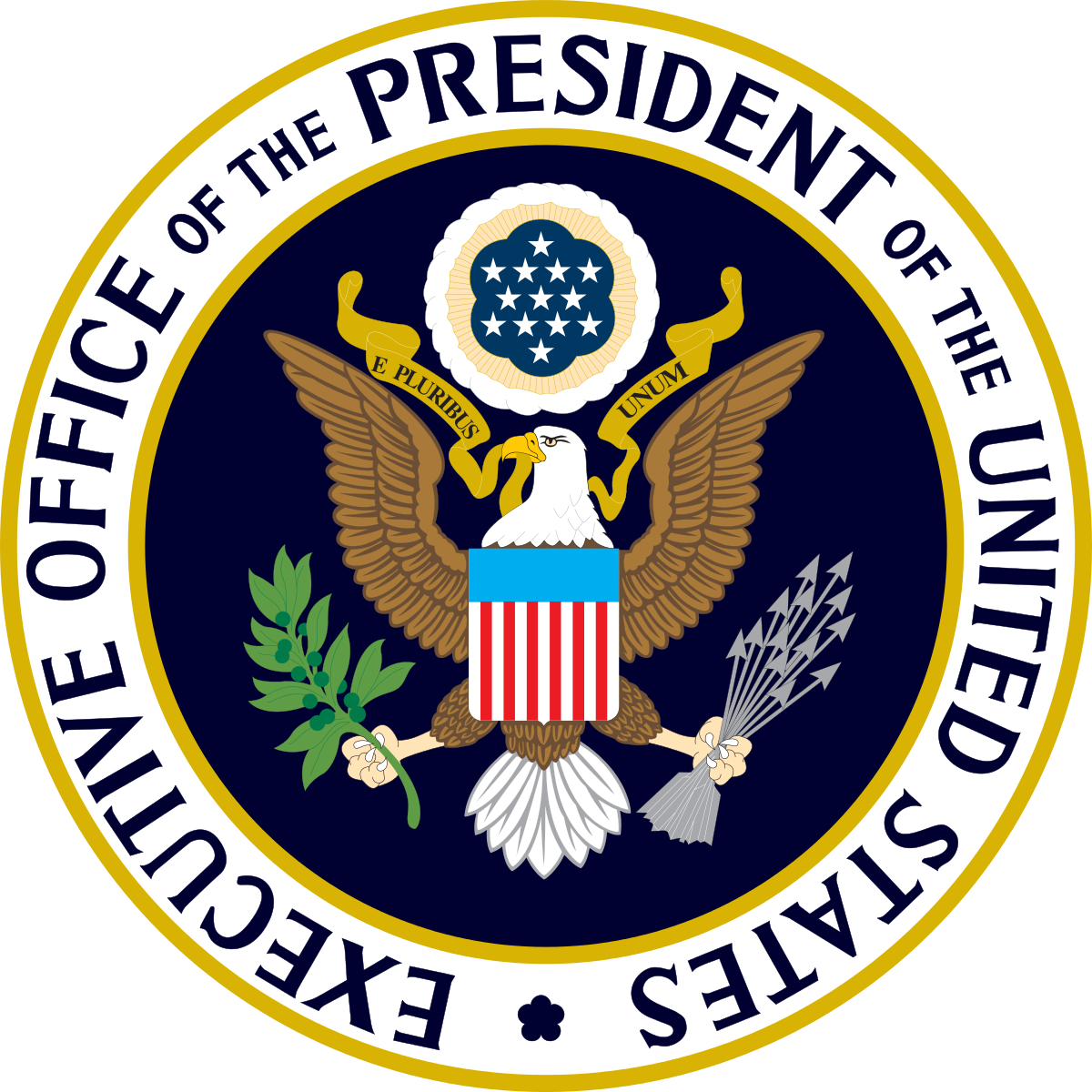
Three of the five OFCCP rules are in a final rule stage, while the remaining two are still in a proposed stage.
The other USDOL items include a proposed rule on heat illness prevention at work (both indoors and outdoors), a proposed rule to modernize Davis-Bacon and Related Acts’ wage determinations, and final rules that clarify when retirement plans can account for climate-related financial risks and promote Registered Apprenticeships as the gold standard of the workforce and training system, the department noted in a press release issued on Tuesday. Below, we discuss the OFCCP items and highlight a few other Rules of interest.
See our story from January 2022, where we explained the current process for disseminating the DOL’s Semiannual Regulatory Agenda: No Spoiler Alert Here – OFCCP Semiannual Regulatory Agenda Not to Have a Significant Economic Impact
The Spring 2022 Regulatory Agenda for the EEOC did not have any items listed for the Commission.
OFCCP sets next March for NPRM to “modernize” supply & service contractor regulations

January 2023 is now the anticipated date for NPRM to require reporting of subcontractors
OFCCP slated January of next year for its NPRM on “Notification of Supply and Service Subcontract Awards” (RIN: 1250-AA15). The proposal would “add provision(s) to the regulations implementing Executive Order 11246 requiring contractors to provide notice to OFCCP when they award supply and service subcontracts. The notice would include information currently unavailable to OFCCP, enabling it to schedule supply and service subcontractors for compliance evaluations.”
As we pointed out back in January of this year, it is interesting to note that there is no regulatory citation listed for this Rule, and there is no “Statement of Need.”
Final rule on rescinding Trump-era religious exemption anticipated for November 2022
This coming November 2022 remains the anticipated date for OFCCP’s Final Rule (RIN: 1250-AA09) to rescind the Trump Administration’s December 8, 2020, final rule, “Implementing Legal Requirements Regarding the Equal Opportunity Clause’s Religious Exemption” (85 FR 79324). The Biden Administration made known in the first days of its Administration that it would rescind this Rule. The Administration has been slow-walking the rescission of the Trump Rule, however, waiting to release it on the eve of the mid-term elections scheduled to be held on Tuesday November 8, 2022 to seek to galvanize and rally the liberal base of the Democrats. According to OFCCP, “[t]he rescission would ensure that the religious exemption contained in Section 204(c) of Executive Order 11246 is consistent with nondiscrimination principles of Title VII of the Civil Rights Act of 1964, as amended.” The regulatory citation for this item is 41 CFR §60-1.
Notice of the proposed rescission was published in the Federal Register on November 9, 2021 (86 FR 62115), and the public comment period closed on December 9, 2021.
We discussed this item at length in June 2021: “Here it Comes: OFCCP Plans to Modify Its PDN And Religious Exemption Rules” and November 2021: “OFCCP Published its Draft Proposal to Rescind the Trump OFCCP Religious Exemption Rule, and Not Replace It.”
OFCCP slated May 2023 for its final Rule on pre-enforcement notice and conciliation procedures
The slated date for OFCCP’s Final Rule on “Pre-enforcement Notice and Conciliation Procedures” (RIN: 1250-AA14) is now May 2023. Also known as the “PDN Rule” with PDN standing for “Pre-Determination Notice,” this proposed Rule would “modify certain provisions” in the November 2020 Final “PDN Rule” and make other related changes to the pre-enforcement notice and conciliation process. OFCCP published the NPRM on March 22, 2022 (87 FR 16138), and the comment period ended on April 21, 2022. The agency cited 41 CFR §§60-1, 2, 4, 20, 30, 40, 50, 300, & 741 as the regulatory authority for this Rule. In the meantime, evidence continues to roll in that OFCCP is already implementing its revisions to the PDN Rule in pending OFCCP audits.
For further discussion see our WIR: “OFCCP Final “PDN Rule” Now Final.”
Final “technical amendments to OFCCP regulations” Rule, expected in November, will update jurisdictional thresholds, and remove gender assumptive pronouns
This Rule (RIN: 1250-AA16) will make technical corrections to update jurisdictional thresholds for the Vietnam Era Veterans’ Readjustment Assistance Act and Section 503 of the Rehabilitation Act. The thresholds were adjusted for inflation by the Federal Acquisition Regulation Council, pursuant to section 807 of the Ronald Reagan National Defense Authorization Act, codified at 41 USC §1908, OFCCP explained. It will also correct OMB control numbers for OFCCP information collection requirements and remove gender assumptive pronouns. The regulatory citation for this item is 41 CFR §§60-1, 2, 4, 20, 30, 40, 300, 741, & 999. OFCCP anticipates a Final Rule will be published in November 2022, again shooting for the week before the mid-term elections.
WHD Stated Its Intention to Publish A Proposal on Exemptions for Executive, Administrative, Professional, Outside Sales & Computer Employees in October, 2022; Independent Contractor Rule Absent…
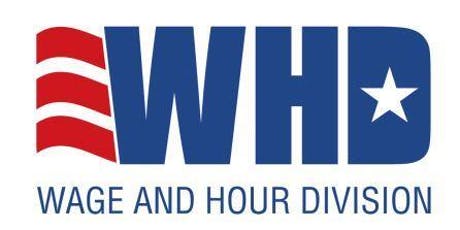
While the Spring 2022 Regulatory agenda for WHD has no listing for its expected Independent Contractor Rule (see WHD’s June 3, 2022 blog by Acting Administrator Jessica Looman), the DOL WHD webpage that discusses the topic states that the WHD anticipates a draft NPRM “for interagency review” this summer. WHD also set public forums for this month. An Employer Forum was held this past Friday (June 24) and a Worker Forum is scheduled for June 29.
NLRB anticipates publishing next month an NPRM on its Joint Employer Rule
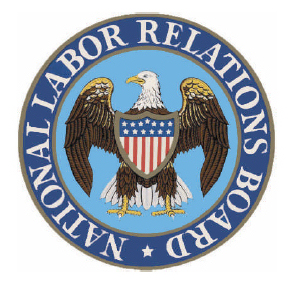
For recent background, see our WIR Bonus Feature from March 2020: “Overview of the Trump Administration’s Government-Wide Redefinition of Who is a Joint-Employer.”
Election Protection Rule proposal slated for September 2022 publication
The Board also intends to revise the representation election procedures located at 29 CFR §103 (RIN: 3142-AA22), with a focus on amendments it issued on April 1, 2020 (85 FR 20156). We discussed these three amendments in detail in our WIR: “NLRB Final Rule – Three Amendments.”
For a related story, see last week’s WIR: NLRB Majority Holds That Trump-era “Block-Charging” Rule Does Not Prevent NLRB Staff from Issuing Merit-Based Dismissals of Election Petitions – Even Without a Full Evidentiary Hearing.”
Wednesday, June 22, 2022: House Appropriations Subcommittee Approved FY 2023 Bill; OFCCP Funding In Line With President Biden’s Request

- OFCCP: $147 million, an increase of $39 million above the FY 2022 enacted level and the same as the President’s budget request [This will be the third time The Biden White House has attempted, without success, its Quixotic efforts, to increase the OFCCP budget, by over 25%. The President’s proposed budget is not realistic and has little likelihood of passing even in the best of circumstances. The worst case for OFCCP is that Republicans stall the FY 2023 Budget until the new Congress takes its seat in January 2023. If the Republicans retake the House, as every pollster currently predicts, this proposed budget will not only not happen, but OFCCP could even lose budget from its FY 2022 level since House Republicans are not happy with either Secretary Walsh’s leadership of the Labor Department or OFCCP’s faltering performance metrics].
- BLS: $139 million, an increase of $33 million above the FY 2022 enacted level and $10 million above the President’s budget request;
- WHD: $313 million, an increase of $62 million above the FY 2022 enacted level and $5 million above the President’s budget request;
- OSHA: $712 million, an increase of $100 million above the FY 2022 enacted level and $11 million above the President’s budget request;
- ETA: $11.8 billion, an increase of $1.3 billion above the FY 2022 enacted level and $193.7 million above the President’s budget request;
- ESBA: $234 million, an increase of $48 million above the FY 2022 enacted level and the same as the President’s budget request; and
- Women’s Bureau: $35 million, an increase of $17 million above the FY 2022 enacted level and $10 million above the President’s budget request.
The bill also allocates $319 million for the NLRB, an increase of $45 million above the FY 2022 enacted level.
Terms and conditions apply
The Subcommittee imposed specific terms and conditions for parts of the above funding. From the NLRB’s total allocated amount, the bill includes $1 million and new bill language for the NLRB to establish and administer a process for electronic voting. The allotment for the WHD is conditioned upon the Secretary of Labor making funds available “to establish a national hotline to support domestic workers.”
“This bill touches people at every stage of their lives, and the massive funding increase will create a society that provides people with the help they so desperately need,” Subcommittee Chair Rosa DeLauro (D-CT), asserted in a press release.
In contrast, Subcommittee member Kay Granger (R-TX) pointed to the bill’s “[l]anguage relating to labor law,” “[e]xcessive spending on new, unauthorized programs,” and “[p]rovisions relating to immigration enforcement,” among her reasons for voting against the measure.
John Fox broke down President Biden’s FY 2023 budget in a WIR Bonus Feature on April 4, 2022: “OFCCP FY 2023 Budget Request Seeks A Lot Of Money And Lays Out A Very Comprehensive And Ambitious Internal Rebuilding Program”
Tuesday, June 22, 2022: E-Verify Released Seven New Case Processing Enhancements To Increase Awareness of Duplicate Cases & Improve Search Functions

“Duplicate Cases Found” Alert:
- Expands the duplicate case lookback period from 30 days to 365 days.
- Requires a user to select a justification for creating a duplicate case.
- Removes the restriction of the number of duplicate cases that can be displayed on the “Duplicate Cases Found” alert.
- Launches a new page from the “Duplicate Cases Found” alert allowing a user to view and manage all duplicate cases found.
- Notifies users of any existing “Employment Authorized” cases from the “Duplicate Cases Found” alert.
“Search Cases” Page:
- Provides E-Verify users with the capability to search cases by using a combination of multiple values at once.
- Provides E-Verify users with functionality to view secondary case attributes without the need to navigate from the “Search Cases” page.
- Creates helper text to assist with the search and filter fields.
- Provides a robust filtering option to include multiple fields.
In addition, E-Verify will hold webinars to help employers become familiar with the changes and otherwise explain the process. Another June 23 bulletin sent to stakeholders lists the webinar topics and notes that “[a]ll webinars are eligible for professional development credits (PDCs) through the Society of Human Resource Management (SHRM) and the Human Resource Certification Institute (HRCI) except for E-Verify in 30 and myE-Verify.
Webinar topics include:
Tuesday, June 22, 2022: ODEP Announced “Disability: Part of the Equity Equation” As The Theme For National Disability Employment Awareness Month in October
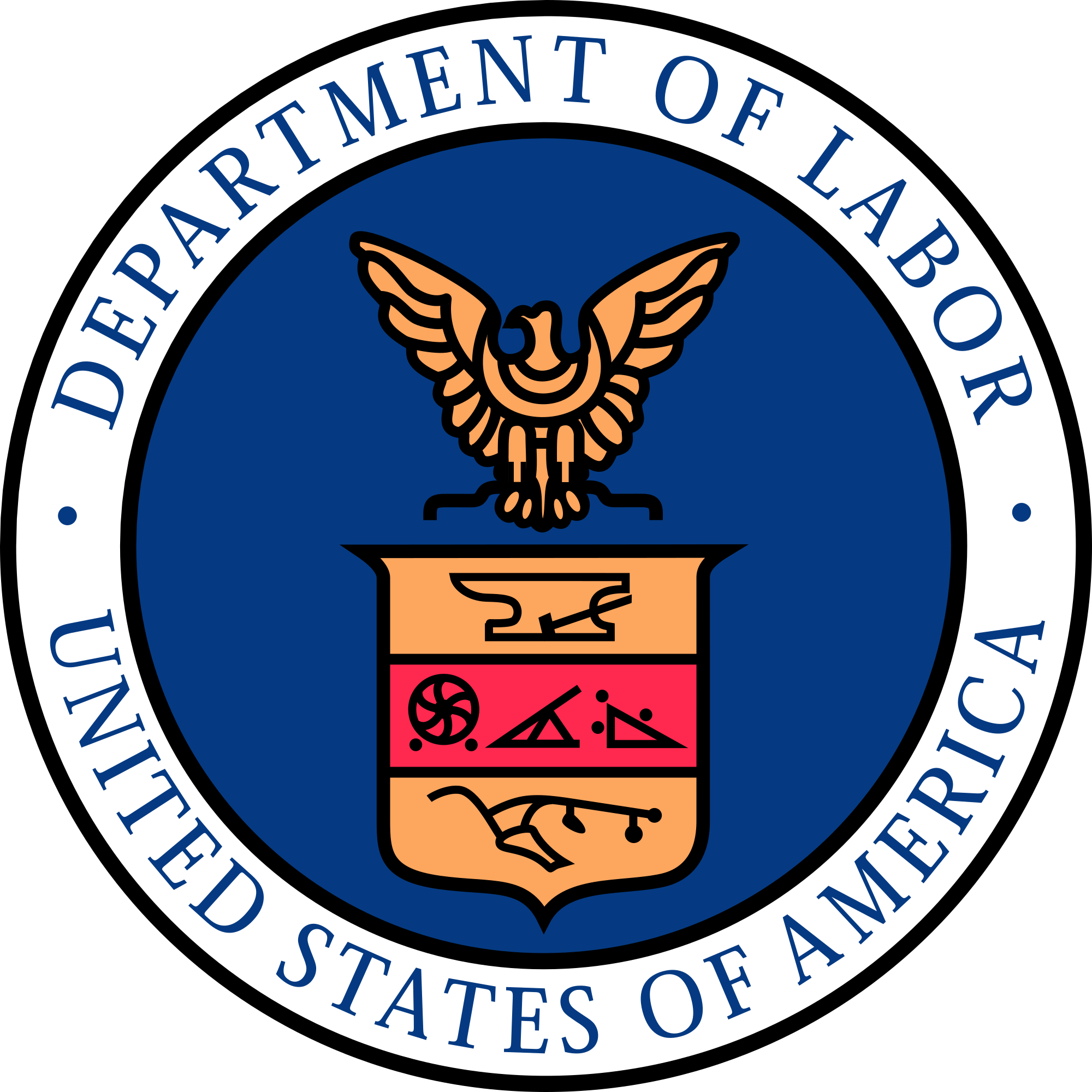

For more on the history of National Disability Employment Awareness Month, see DirectEmployers October 2015 press release, “DirectEmployers to Observe and Support National Disability Employment Awareness Month.”
Friday, June 24, 2022: ODEP Is Seeking More Particularized Information About Employees with Disabilities
In a Request for Information (RFI) notice published in Friday’s edition of the Federal Register (87 FR 37889), the DOL’s Office of Disability Employment Policy (ODEP) seeks public feedback “regarding a supplement to the Current Population Survey (CPS) on disability employment issues, which will be conducted by the Bureau of Labor Statistics (BLS) and the Census Bureau and is expected to be fielded in 2024.” The basic monthly CPS began in the 1940s, and it is the source of official government statistics on the unemployment rate and other labor market measures. ODEP wants this feedback to inform its revision of the CPS Disability Supplement and to inform its general disability employment research.
With the data collected, it “will also be possible to create estimates for those who are employed, unemployed, and not in the labor force,” the RFI asserts. “Because the CPS is a rich source of information on the employment status of the population, it will be possible to examine in detail the nature of various employment and unemployment situations for individuals with disabilities.”
By way of background, the RFI explains that BLS and the Census Bureau have previously conducted three supplements to the CPS on disability employment issues, in May 2012, July 2019, and July 2021. Because the basic monthly CPS revealed large disparities in labor market outcomes between people with and without disabilities, the agencies determined the supplements were necessary to gather information to understand the challenges facing people with disabilities and to improve programs and policies designed to help people with disabilities.
As with the previous versions, the agencies will conduct the 2024 Disability Supplement alongside the basic monthly CPS. “[T]herefore the same detailed demographic information collected in the basic monthly CPS will be available for respondents to the Disability Supplement, allowing for comparisons across demographic characteristics, including sex, race, ethnicity, age, and educational attainment,” the RFI states.
Questions will be designed to supplement basic monthly CPS data to better understand challenges, and improve programs and policies
The basic monthly CPS began tracking disability status in June 2008 by asking six questions, with anyone answering affirmatively to at least one question classified as having a disability. The six questions – which are also used in other national surveys such as the American Community Survey and various other federal surveys – inquire as to whether a person: (1) is deaf or has serious difficulty hearing, (2) is blind or has serious difficulty seeing (even with the assistance of corrective lenses), (3) has serious difficulty concentrating, remembering, or making decisions, (4) has serious difficulty walking or climbing stairs, (5) has difficulty dressing or bathing, and (6) has difficulty doing errands alone.
The May 2012 CPS Disability Supplement found that, of people with disabilities who were employed, more than half had some difficulty completing their work duties due to their disability. Barriers to employment included lack of education or training, lack of transportation, need for accommodations at the workplace, and a person’s own disability.
The July 2019 Supplement was conducted to capture the effects of changes in the intervening seven years in work patterns, assistive technologies, and public policies on employment barriers for people with disabilities. Almost half of the people with disabilities who were not employed reported at least one barrier to employment, such as a person’s own disability, lack of education or training, lack of transportation, or the need for job accommodations.
The third Supplement, conducted in July 2021, provided information about how barriers to employment for people with disabilities may have changed because of the COVID-19 pandemic. It showed that, among the individuals with a disability who were not employed, there had been a small decrease, relative to the 2019 CPS Disability Supplement, in the proportion of those reporting some type of barrier to employment.
The most recent questionnaire at Attachment 8 can be found here: https://www2.census.gov/programs-surveys/cps/techdocs/cpsjul21.pdf.
The RFI seeks public comment on a fourth Supplement, which is currently under preparation to be conducted in 2024. The agencies see the preparation of this next Supplement as an opportunity “to reconsider the questions asked in the survey in light of the socioeconomic changes that have taken place[] since the development of the current set of questions more than ten years ago.”
Those submitting comments are requested to address 17 areas related to Work History, Barriers to Employment, Employment Services and Vocational Rehabilitation, Job Accommodations, Commuting and Work Hours, Financial Assistance, and a couple of General questions, with the caveat that commenters do not need to address every question and should focus on those that relate to their expertise or perspective.
Friday, June 24, 2022: The Three Things Human Resources Professionals Now Need To Do Following The Dobbs Decision (Reversing Roe)
Here are all 213 pages of the Slip Opinions of the SCOTUS in DOBBS, STATE HEALTH OFFICER OF THE MISSISSIPPI DEPARTMENT OF HEALTH, ET AL. v. JACKSON WOMEN’S HEALTH ORGANIZATION ET AL. This is almost half-a ream of paper. Heck, the Syllabus alone (the Clerk of the Court’s unofficial summary of the case decision) is eight pages in length! (SCOTUS decisions a century ago were usually shorter than eight pages from start to finish, including any Concurrences and Dissents). By the way, SCOTUS’ Final Decision looks remarkably like the “leaked” version Politico published on May 2, 2022 (I knew you were wondering if the public outcry following the leak would operate to change the text much. It did not. Nor did it in early January 1973 when the Roe decision itself also leaked to the New York Times ahead of the SCOTUS’ formal announcement of its Opinion).
Here is the index of the three things HR professionals need to know and actions they need to consider if you are responsible for employment policies or benefits touching abortion issues in the workplace:
- Dobbs is a States’ Rights Decision (Your state-law spreadsheets just grew);
- Dobbs is an Emotional Decision for Many People, Not Just Women (Intra-company discussion may be in order)
- Review Your Company’s Existing Employee Policies and Benefits Regarding Abortion (time to keep, discard, or write something?)
Now let’s look at the details behind each of those three headlines:
Monday, June 27, 2022: EEOC Announced The Addition Of A New “X” Gender Marker To Charge Intake Process

Specifically, the EEOC has added an option to select a nonbinary “X” gender marker during the following two stages of the intake and charge filing process. First, the Commission updated the voluntary demographic questions relating to gender in the online public portal that members of the public use to submit inquiries about filing a charge of discrimination, as well as the Online Spanish Initial Consultation Form and Pre-Charge Inquiry Form that are sometimes used in lieu of the portal. Second, the agency also modified its charge of discrimination form to include “Mx.” in the list of prefix options.
The Commission noted in the press release that “full implementation of these changes comes during Pride Month, as the EEOC works to celebrate the LGBTQI+ community.” EEOC Chair Charlotte A. Burrows also pointed out that this action makes good on a public commitment that the agency made on Transgender Day of Visibility (March 31). We reported on that development in our WIR story, “EEOC to Add Non-Binary Gender Option to Discrimination Charge Intake Process.”
The announcement did not address whether (or when) this option will be available to employers for the EEO-1 Annual Survey. We also reported in March: “Federal Government Exploring Non-Binary Data Collection” for the EEO-1 Survey.
THIS COLUMN IS MEANT TO ASSIST IN A GENERAL UNDERSTANDING OF THE CURRENT LAW AND PRACTICE RELATING TO OFCCP. IT IS NOT TO BE REGARDED AS LEGAL ADVICE. COMPANIES OR INDIVIDUALS WITH PARTICULAR QUESTIONS SHOULD SEEK ADVICE OF COUNSEL.
SUBSCRIBE.
Compliance Alerts
Compliance Tips
Week In Review (WIR)
Subscribe to receive alerts, news and updates on all things related to OFCCP compliance as it applies to federal contractors.
OFCCP Compliance Text Alerts
Get OFCCP compliance alerts on your cell phone. Text the word compliance to 55678 and confirm your subscription. Provider message and data rates may apply.

